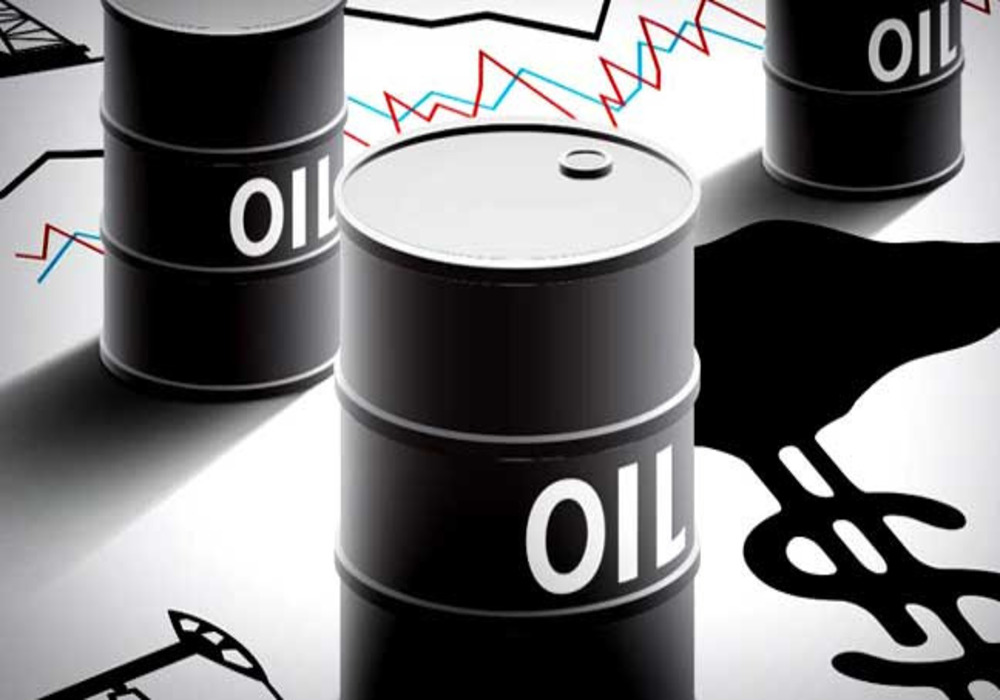On Thursday, the crude oil market fell for a fifth session as concerns that global economic slowdowns would reduce fuel demand outweighed disruptions.
Brent crude fell 1.3% or $1.02 to $76.15 per barrel, while West Texas Intermediate (WTI) crude fell 0.8% or 55 cents to $71.46 per barrel in the United States.
Traders shrugged off the closure of a major Canada-to-US crude pipeline on Thursday, as Canada’s TC Energy announced the closure of its 622,000 barrel-per-day Keystone pipeline, the primary line shipping heavy Canadian crude from Alberta to the US Midwest and Gulf Coast. Since the line’s inception in 2010, there have been several spills.
Prices rose after the company announced the closure. Still, the rally faded as analysts noted that the US Gulf of Mexico would likely have enough inventory to handle short-term outages.
Fears of an economic slowdown are weighing on the energy markets, reducing fuel demand in the face of more US interest rate hikes.
This comes as US Federal Reserve policymakers prepare to meet next week, where they are expected to announce a 50-basis-point increase in the US central bank’s lending rate while signalling a slower pace of future rate hikes.
On Wednesday, Brent and US crude hit 2022 lows, wiping out all gains made after Russia’s invasion of Ukraine exacerbated the worst global energy supply crisis in decades and sent oil close to its all-time high of $147.
The premise has dashed hopes that China’s relaxation of anti-COVID-19 measures will aid in restoring global supply chains and controlling inflation.
China’s policy shift announced on Wednesday will allow the country’s economy to accelerate, Premier Li Keqiang said on Thursday.
China detailed the most significant changes to its strict anti-COVID regime since the pandemic began on Wednesday. On the other hand, analysts’ projections warn that a significant economic reopening is likely months away.
After the Group of Seven (G7) and the European Union imposed new restrictions on Russian oil exports, Western officials talked with Turkish counterparts to resolve the tanker queues.
Due to the European Union’s ban on seaborne imports, which went into effect on Monday, Russian oil output could fall by 500,000 to 1 million barrels per day in early 2023.











